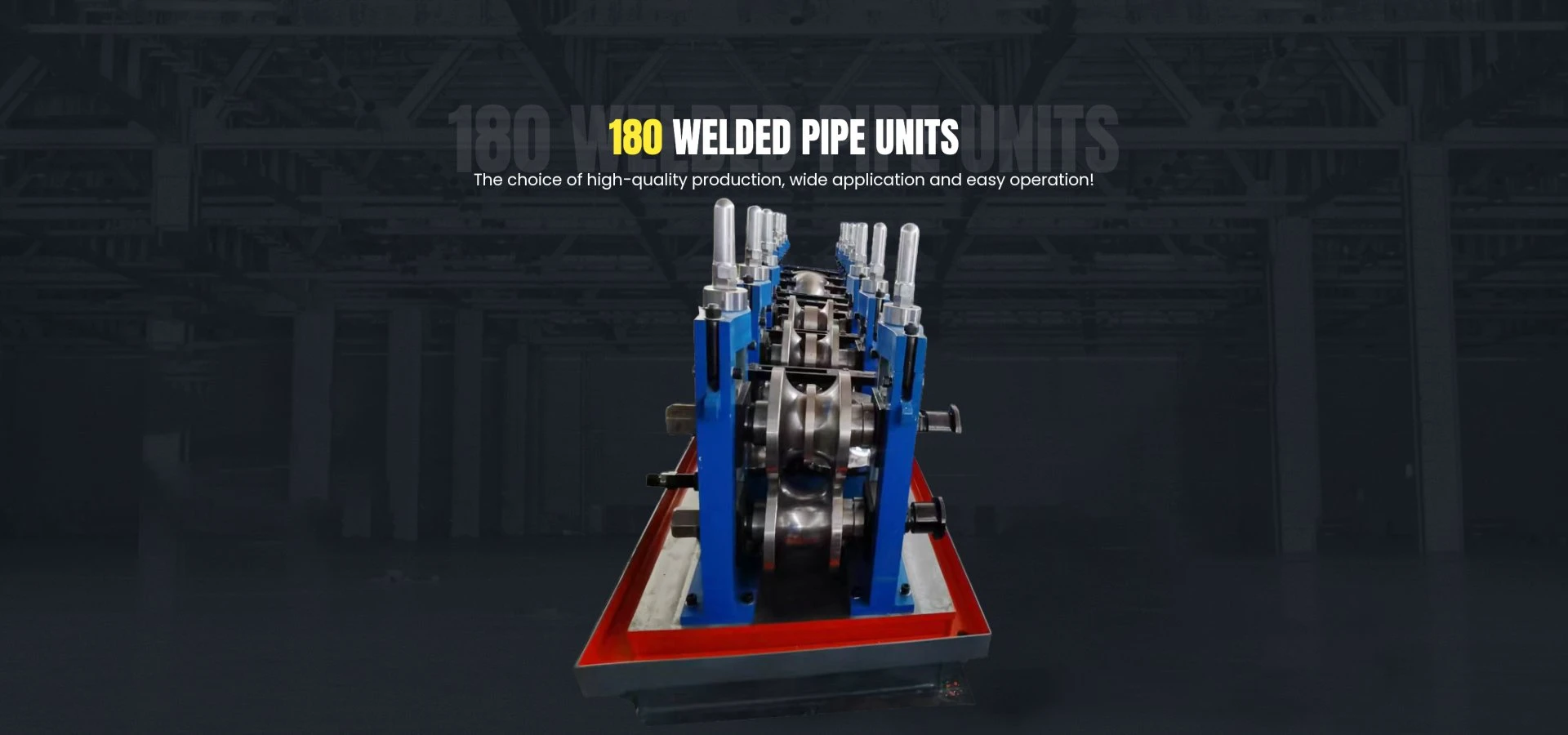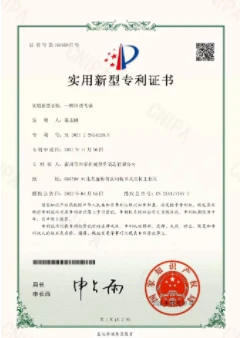The roll forming process begins with unwinding a metal coil, which is then fed into the forming section of the machine. As the strip moves through the series of rollers, it undergoes deformation, gradually taking on the desired shape. Advanced roll forming machines may incorporate additional features, such as hydraulic systems for managing pressure and ensuring smooth operation. Once the profiling is complete, the formed strip is usually cut to length using automated shears, resulting in a finished product ready for shipment or further processing.

As the material is processed, it passes through various stages such as reduction, flatness correction, and trimming. Reduction refers to the initial rolling process where the thickness is significantly decreased. Flatness correction ensures that the metal strip has a uniform flat profile, while trimming involves cutting the edges to remove any irregularities developed during previous stages. Advanced control systems are employed during these processes to monitor and adjust parameters dynamically, ensuring that the final product meets stringent specifications.
